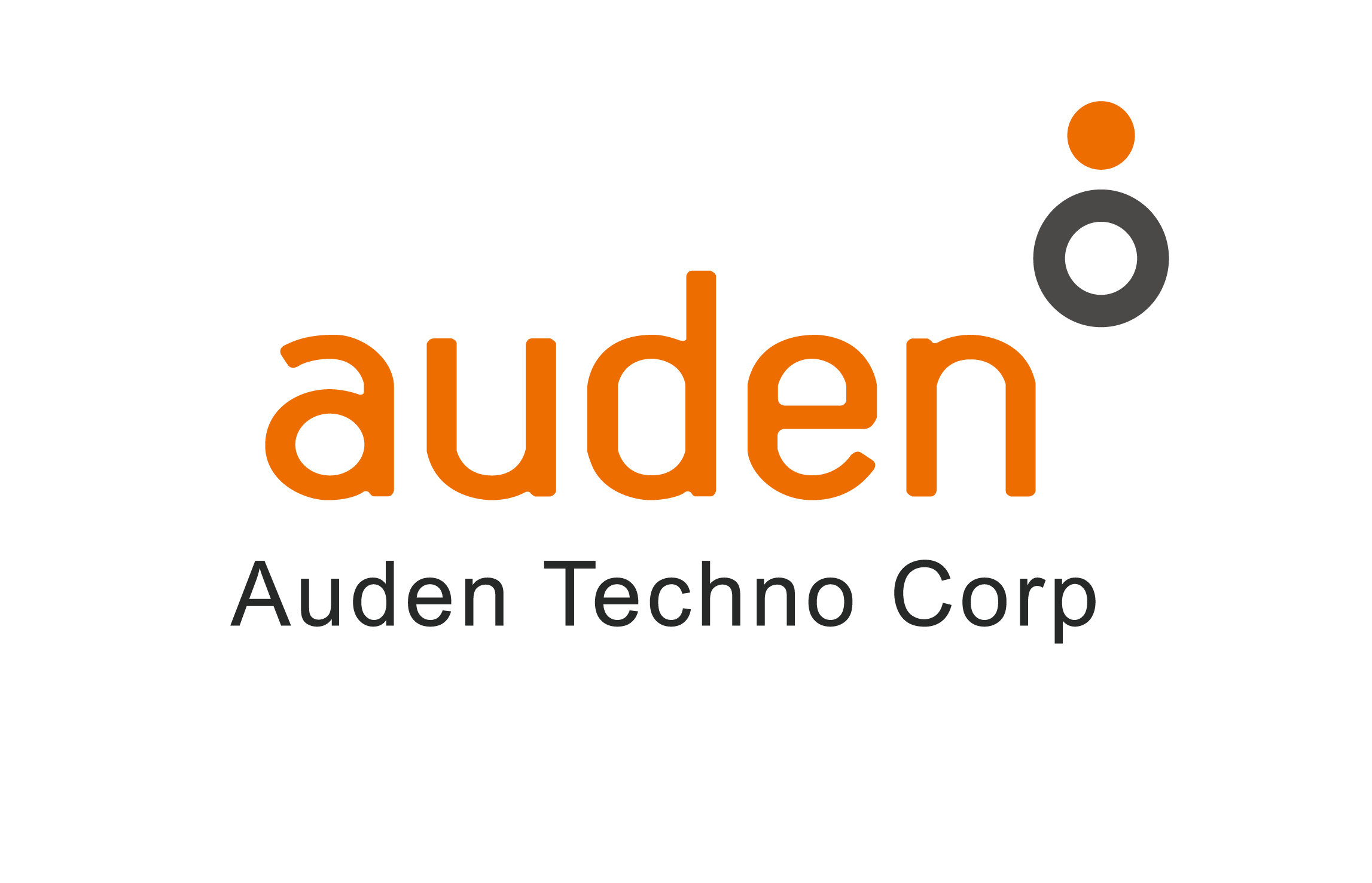| Contents |
- This metric, first proposed by Sapareto and Dewey, quantifies thermal exposure in terms of the number of minutes of heating at 43°C needed to obtain equivalent effects in biological tissues. The approach permits the impact of different transient heat exposure scenarios (e.g., short heating at high temperature vs. prolonged moderate heating), or a specific exposure to be compared to a previously identified damage threshold. Knowing the effect of a specific exposure duration at 43°C, the user can compare it to exposures at other temperatures and durations. CEM43 therefore provides a thermal dose concept based on temperature-weighted reaction kinetics, integrated over time, with the added benefits that it is applicable to a wide range of thermal effects from the tissue to the subcellular level, does not require tissue or reaction-specific constants, and is valid across a wide temperature range.
- The biological response of a system is dependent not only on the temperature distribution but also on the sensitivity of the various tissues and the effect of interest. Tissue- and response-specific damage thresholds expressed in CEM43 have been reported in the literature [3] and can be used to assess potential tissue damage based on the simulated CEM43 distributions.
- The Arrhenius tissue damage model is a metric that represents the percentage of tissue damaged in an affected region. For a given temperature and exposure duration, the tissue injury is calculated based on experimental cell survivability studies. Whereas CEM43 is often used to determine thresholds for a non-damaging or therapeutic exposure, the probabilistic Arrhenius model is primarily applied to determine ablated volumes in high-temperature exposure scenarios
|
